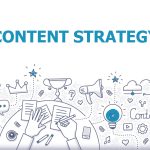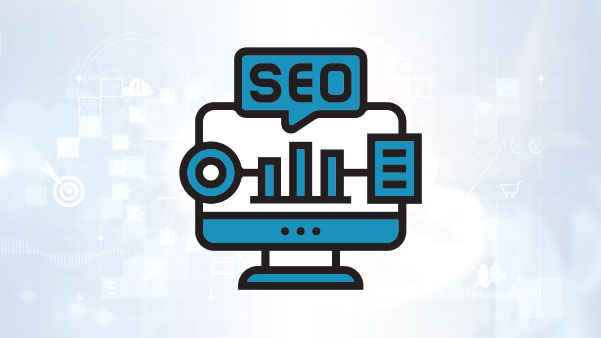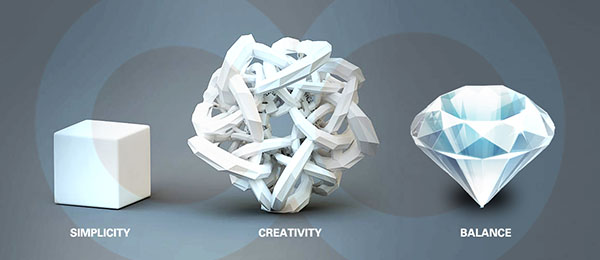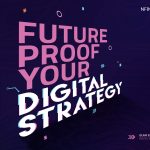
In 2025, the rules of local search have changed — again. Google’s search algorithms, now supercharged by advanced AI models like BERT and MUM, prioritize user intent and natural language understanding more than ever. If you’re a local business or digital marketer, it’s no longer enough to stuff pages with keywords and citations. To truly win in your city or niche, you must implement smarter, faster, AI-driven local SEO strategies in 2025.
Let’s discover some nuances of this cutting-edge technology and determine the best ways to leverage AI to assist your local business in finding its online positioning to stay ahead of the pack in such a highly-competitive market.
Let’s begin with our first focus point:
Natural Language Processing
Natural Language Processing (NLP) is the most unvisited AI technology to date, while it is supposed to be understood by every business that has a web presence to benefit from the machine learning abilities and leverage and enhance their written content, whether it is web content, metadata, marketing copies, emailers, video scripts or even XML.
While most marketers look at SEO as the end-all-be-all approach of any successful content optimization process and SEO strategy, Google et al. have taken steps towards relying on more artificially intelligent algorithms, Enter:(BERT). You need to familiarize yourself with that new subtle language processor for the sake of your local business.
Without going too technical, the best way to picture BERT is to imagine the web of nerve tracts which connect the human brain to the central nervous system, this is exactly what a Neural Network is.
Basically, BERT is a digital web of nerve tracts capable of learning and reading content, through the Machine Learning technology. This algorithm goes back and forth countless times to keep reading and identifying letters, words, meanings, sentences and even references, simply by repeating and revisiting the corpus of textual data (Dataset) it was initially fed.
Give it some learning time, and BERT will become able to not only read content, but to assess the quality of content on any website Google crawls to set its pages’ ranking on the SERP.
As content creation is a key aspect of your local business web presence, branding, positioning and marketing strategy, let us introduce you to some uncharted territories on the map of content optimization for AI:
What is Tokenization?
Tokenization is a known data encryption mechanism that secures data by turning sensitive values and information into non-sensitive identifiers called “Tokens”.
In the world of content and NLP, tokenization is used to identify words and even syllables, not to secure them, but to be able to understand them, and eventually evaluate the quality of the provided text.
Keeping your copies as simple and direct as possible would be the best advice to offer while maintaining the essential SEO keywords in the most straightforward sentences. Approach your content writing, purposefully being informative and adding value with every sentence and paragraph. Give AI-smart BERT the key identifiers, not only to read your content, but to give the main nervous system of the web (aka: Google), a good ranking of your website or social media pages because of the content quality and value.
To understand this approach further, we need to discuss Hops.
Why Hops are important to know?
No sentence written in any language can make sense without the adequate interdependency between its words, and “Hops” represent this interdependency. In BERT’s world, words are “tokenized”, and the mutual dependency between the tokens in any given sentence are identified as hops.
And the algorithm identifies and counts these hops in both directions, not just forward. As BERT reads your text bidirectionally, not only as a Left-to-Right/Right-to-Left script as other language models do.
By the way, BERT’s full name is: “Bidirectional Encoder Representations from Transformers”, got it?
Now let’s hop to the next logical question.
How to make content more accessible?
When creating content for your local business, you ought to find the correct balance between creativity and simplicity. Keep the sentences/paragraphs as simple as possible, with the least hops possible.
Here are some simplified examples to catch the idea of BERT-friendliness:
1- James Earl Carter Jr. (D) served as the 39th president of the United States.
2- James Earl Carter Jr. is a Democrat politician who previously served as the 39th US of A President.
Explanation:
This first sentence is more BERT-friendly, with a smaller number of hops. While the second sentence is not badly written, it did not offer anything new by adding the word “Politician”, and it needlessly increased the number of words/tokens, hence, interdependencies/hops to no benefit.
Worth-noting as well, are the abbreviation “Jr.” the identifier “(D)” for Democrat, and the initials “US.”, do not worry, BERT can contextually identify what you mean by these letters. But because creativity got an extra dose in the second sentence in “US of A”, this might confuse BERT, especially if you apply it to more localized copies, long-form content or more technical explanations.
So, we recommend heightening the creativity level when it comes to slogans and text-on-visuals and Calls-to-action. However, when it comes to detailed information, service descriptions, niche-related copies, how to apply, offer details, etc., we advise you to infuse simplicity into your creative writing.
Why use the Q&A Approach?
What each user is looking for while browsing the local market online is a service/product. And for this user to make an action of contact/purchase/booking, etc, logically, he needs to find clear answers to his queries.
And this is exactly what every search engine ranks websites based upon, and here is where the importance of Q&A stands out.
So, create content for your web and social pages that answers questions. This step is as important as keyword research which would require studying your local target audience, making a list of their top queries and long-tail keywords, and ensuring that your content answers them directly and clearly.
As a matter of fact, this is why millions of businesses around the world make sure to include a “Frequently Asked Questions/FAQs section on their website. And include a question somewhere in their social media captions, E-mail subject lines or Google SERP Snippets.
We certainly urge every local business, to make sure they know the top searched questions of their prospective clients and more importantly, answer them in a BERT-friendly manner.
How to avoid spammy content?
Spam usually relates to emailers, newsletters and email marketing campaigns, but it actually encompasses all types of web content. The ones who remember the conniving approaches of Keyword Stuffing, Black Hat SEO or Spamdexing would understand that content can be marked as spam outside of the E-mail world as well.
This is why we prescribe giving up on keyword density within your content, you cannot trick BERT like that. Sometimes when you overreach with creativity, especially when using pop culture references, word blends or hyphenated compound words, the content might be BERT-unfriendly for three reasons:
1- Creativity may ambiguate information that need to be clear for the algorithm and the reader.
2- It may render your content spammy, and decrease its value compared to your local competitors.
3- It might make it hard for BERT to detect the sentiment of content.
To summarize, we will help you answer the most critical question:
How can your local business create AI-friendly content?
If you ask people who are knowledgeable about this AI algorithm: Can I optimize content for BERT? Their initial answer might be No. However, this answer actually means that you cannot keep using the same outdated SEO techniques to satisfy BERT, because while it did not reach its full hi-tech potential yet, it is still way smarter than you think.
BERT can evaluate the quality of your content inside and out, figure out the contextual relations between the words, classify it into a business niche, detect the locale, analyze the sentiment, and even check if it answers the reader’s questions adequately and clearly. More importantly, BERT reads your text bi-directionally, not only as a Left-to-Right/Right-to-Left script as other language models do.
So, make sure while localizing your content to:
– Keep it simple and direct.
– Find the appropriate creativity/simplicity balance.
– Think like BERT, so fewer hops and less confusing tokens.
Grasping the mechanisms of these disruptive AI technologies and algorithms and leveraging AI for the benefit of your local business, can be the ranking factor that gives your business the edge over local competitors.
See you in Part 2 of our “Leveraging AI” series.
































